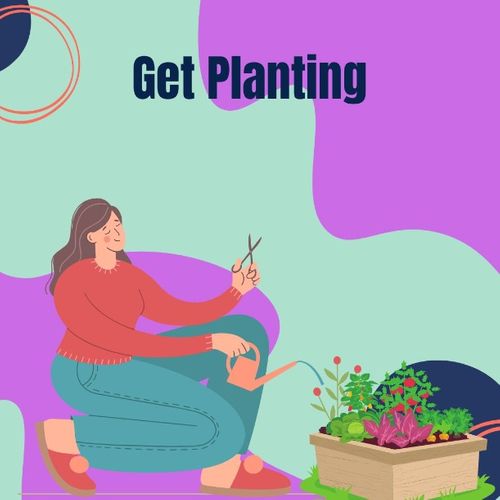How to start a vegetable garden... for the black-thumbed novice
Oct 12, 2022 · 2 mins read
0
Share

Google starting a vegetable garden, and you'll get a million results. But these tutorials assume you'll spend hundreds of dollars and an inordinate amount of time to make and tend this garden. Most people's first try at anything ends in failure. Here's a better first time guide.
Save
Share
The earliest references to kitchen gardens date back to early monastic sources. As early as the 500s, these sources describe gardens planted within the walls to supply inhabitants with herbs, veggies, fruits... and even medicine. They were of critical importance.
Save
Share
As time went on, roads improved, and transportation became more efficient--the importance of the kitchen garden faded. By the early 1800s, gardens were a thing of the past. Markets stocked by farmers carting in produce from surrounding areas supplanted them.
Save
Share
We've continued to rely on markets to this day. But with rising inflation and a worsening statistics on health, people have shown renewed interest in starting their own gardens. The problem, however, is that most tutorials are not really for beginners or the financially strapped.
Save
Share
Gardens can be of any size, even just a spot on your porch. But wherever you're planting, a container garden is probably best. Novice gardeners don't realize how easily some plants can run amok. Mint for example. Hardy crop that's an escape artist. Just make sure it's 18" deep.
Save
Share
For most, a 5 gallon Rubbermaid-style container is a sweet spot (smaller is fine, just make sure it's deep). Many have them laying around or can find one at a garage sale. And they're portable! Start with punching some holes in the bottom. Space them evenly for water to drain.
Save
Share
Line the bottom with newspaper or coffee filters. It's a myth that rocks help. Fill the rest with soil. Buying a few bags of top soil is best. If you're using soil from other parts of the yard, toss in compost and close the lid for 4-6 wks to choke out weeds and enrich the soil.
Save
Share
Choose your plants. You can make each container one crop, or mix it up in each. Do herbs, tomatoes, onions, squash, beans and eggplant in summer and broccoli, cabbage, and lettuce in spring and fall. All of these grow well in containers and are beginner friendly. Plus yummy.
Save
Share
Situate your garden in a sunny spot on your porch or in your yard. Water it frequently for the first week. Don't drown the plants but a quick spritz will ensure the seeds start to germinate. After that, (unless you live in Arizona) you can water just 2x a week.
Save
Share
Now all you have to do is keep pests away and wait. Both more easily said than done. There are some great all natural sprays you can use to keep bugs away. Many of them you have in your kitchen cabinet. Typically you're looking at a 70-100 day wait before harvesting.
Save
Share
0